Description
HISTORY
Built to the design of John Lambie who had been appointed the locomotive superintendent of the Caledonian Railway in June 1891, the 12 engines which comprised the Class 1 were constructed at the Railway’s St. Rollox works under order number Y34. Delivered to traffic between July 1893 and January 1894, the cost of £1614 per engine was charged to the revenue account. They were built for use on the Lanarkshire and Dumbartonshire Railway and on the Glasgow Central Railway which were both then under construction and were fitted with steam condensing gear as these two lines were to share a long underground section through the heart of Glasgow between Dalmarnock and Stobcross. The condensing gear was an effort to minimize pollution in the tunnels. The frames, bogies and springs were very similar to the contemporary 4–4–0 tender engines albeit with a reduction on the bogie wheelbase by 6″ and the bogie-wheel diameter by 4″ giving the slightly unusual size of 3’2″. The front end with 17″ by 24″ cylinders and undivided ports were of a new design but otherwise the motion was very similar to preceding Drummond designs including 5′ diameter driving wheels. The boiler was basically a Drummond design although modified by his successor Smellie who replaced the Drummond elliptical roof inner firebox with a flat top design and made changes to the crown stays and by Lambie himself who moved the safety-valves from their (then) traditional place on the top of the dome to on top of the firebox and brought the dome further forward than before. On the Class 1, the boiler was fed by a Drummond injector on the right-hand side and by a crosshead pump on each side, the right hand clack-valve being double.
The condensing gear was not popular with the engine crews since it tended to raise the temperature of the water in the tanks so much that the injector and sometimes the crosshead pumps were unable to maintain a supply of water to the boiler causing steam pressure to fall. Frequently hot water had to be discharged from the tanks and the tanks replenished with cold water before the boiler could be filled. Despite management strictly enforcing the use of the condensing gear on the low-level section many drivers disregarded the rule — so much so that 15 drivers were reported within a three week period and the 6 worst offenders were suspended (without pay) for a day. At several meetings the drivers protested that so much time was spent filling up the tanks that they didn’t have time to eat on the job. How long the gear remained in use isn’t clear but it was not until 1917 that it began to be removed with most but not all of class being so treated by the Grouping. When new, two of the class were allocated to Airdrie and the rest probably went to Polmadie. When the lines for which they were designed were opened in 1896 the Polmadie engines were transferred to Dawsholm — their main employment was the Maryhill-Airdrie service which at that time comprised of a daily service of 39 trains in each direction. The 8.21 ex-Airdrie had an express passenger rating but the others were considered as locals. The Airdrie pair also shared these duties as well as operating the Airdrie-Newhouse branch service of 16-18 trains in each direction per day. The engines were not confined to these services even after the arrival of (the generally better regarded) condensing 0–4–4T types on the low-level but they were generally not so widely spread as the latter.
The tramway system in Glasgow made drastic in-roads into the services over the low-level section reducing the number of trains on Maryhill-Airdrie service to 16 in each direction by 1921. The Class 1 were still employed on these and on some unusual turns which seem unique to Dawsholm. Having started the day by working a workmen’s train to Rutherglen and disposing of the stock, the engine would proceed to a goods yard to shunt and make up a train which it would then take to one of the larger yards in the area. Others were employed at the larger stations around the system as pilots spending most of their time moving empty stock to and from carriage sidings although the Perth based engines at least were allowed to venture further on local passenger duties.
Withdrawal started in 1927 with Number 11 which is thought to have never carried its L.M.S. allocated number of 15030. All the others except for Number 12 are thought to have carried their L.M.S. numbers. In comparison with many C.R. designs the class was withdrawn relatively quickly after grouping but given that, by L.M.S. accounting practice at least, an engine was considered to be life expired after 50 years they did not fair too badly with most managing 40+ years before succumbing to the L.M.S. standardization policy. The class always was relatively non-standard and perhaps not an outstanding success given that the wheel arrangement was never repeated on the Caledonian and the fact that they were “put out to grass” working as station pilots etc. so early withdrawal was always on the cards. The L.M.S. standardization policy held that big (numerically) was beautiful and certainly
cheaper to run. Spares for the larger [Northern Division] standard classes (such as the Class 439 0-4-4T) could be economically held at the works allowing for a quicker turn around at overhauls etc. and so generally better availability for traffic. None were preserved & all were scrapped by 1938.

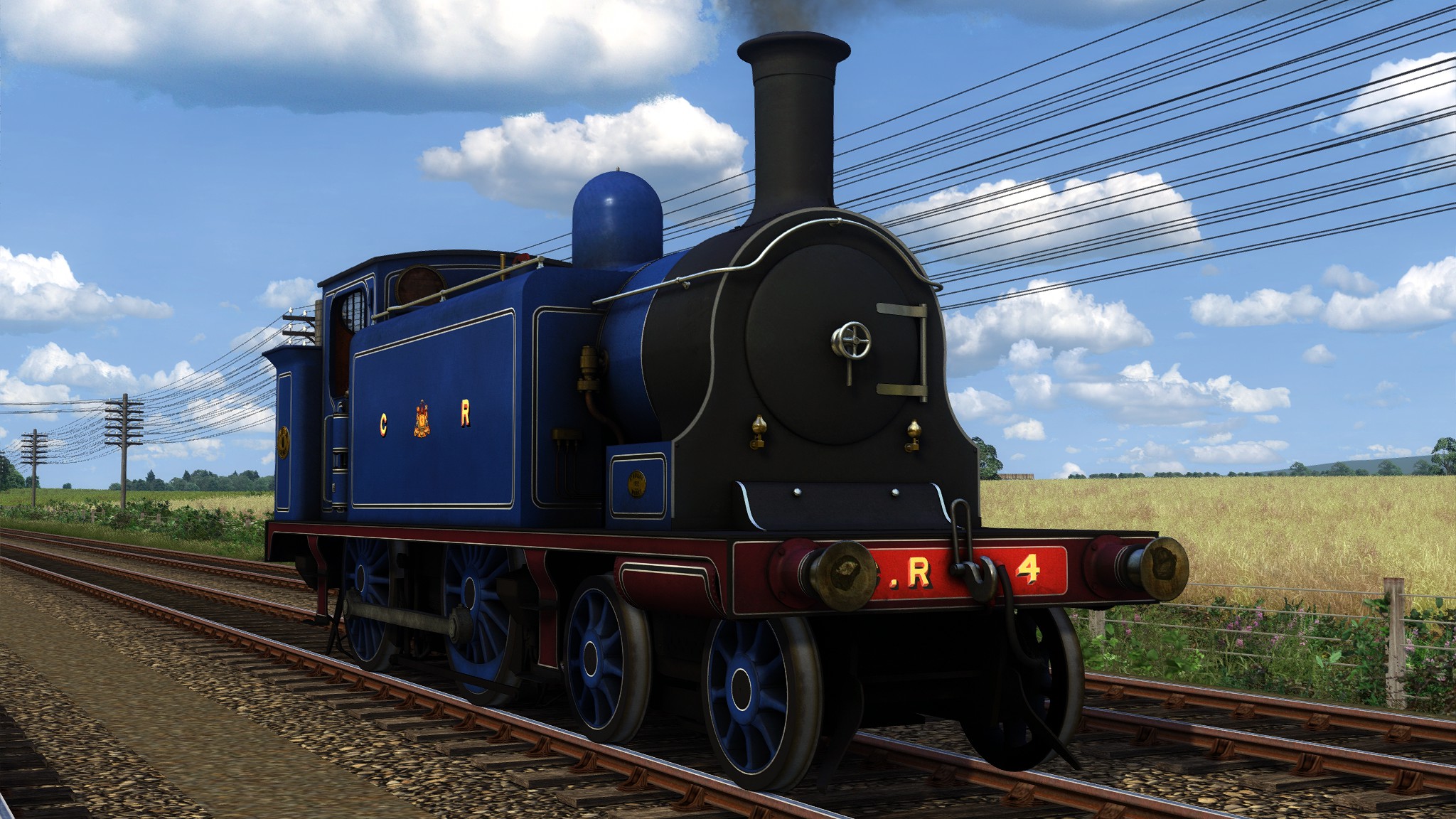
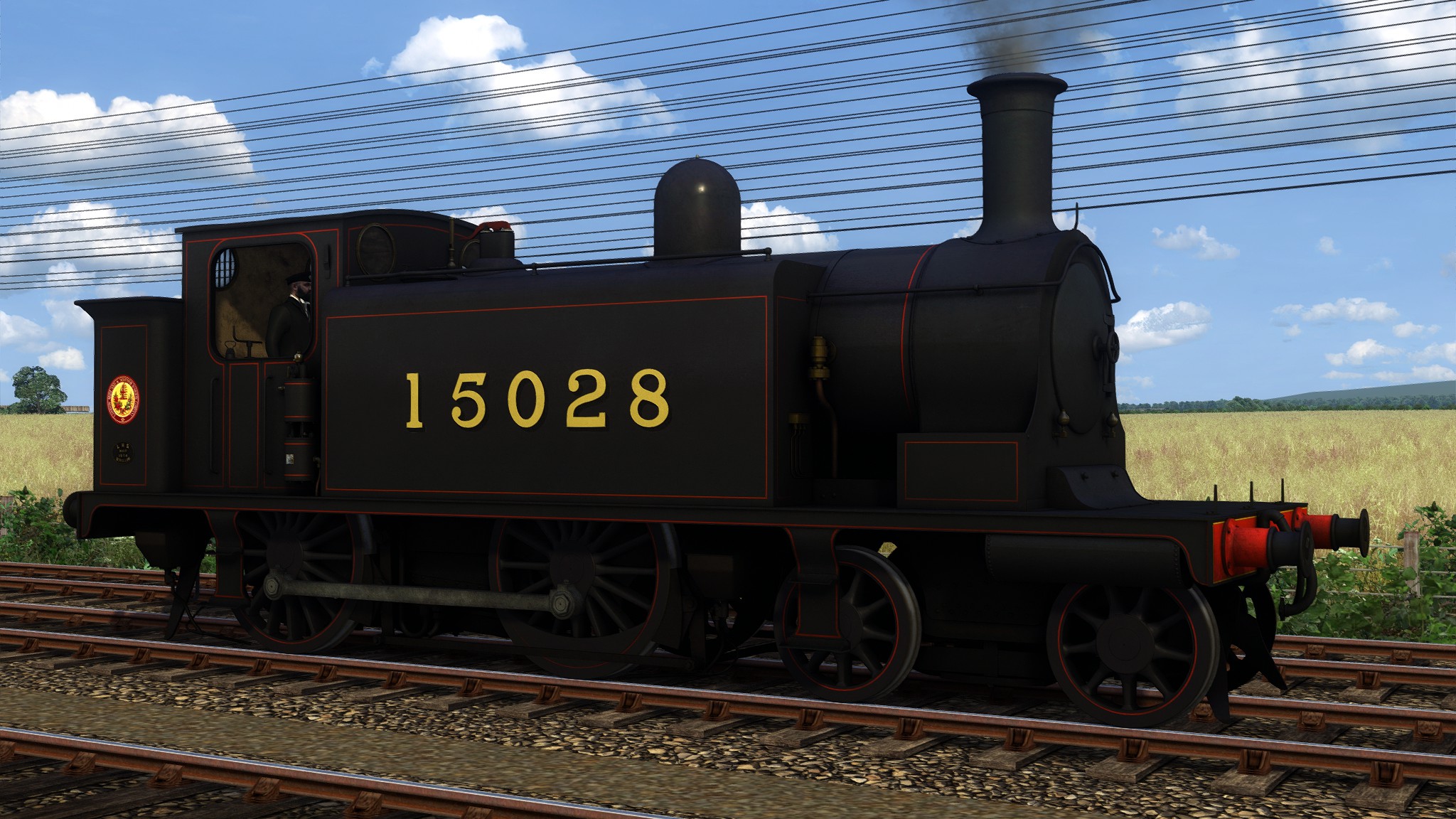
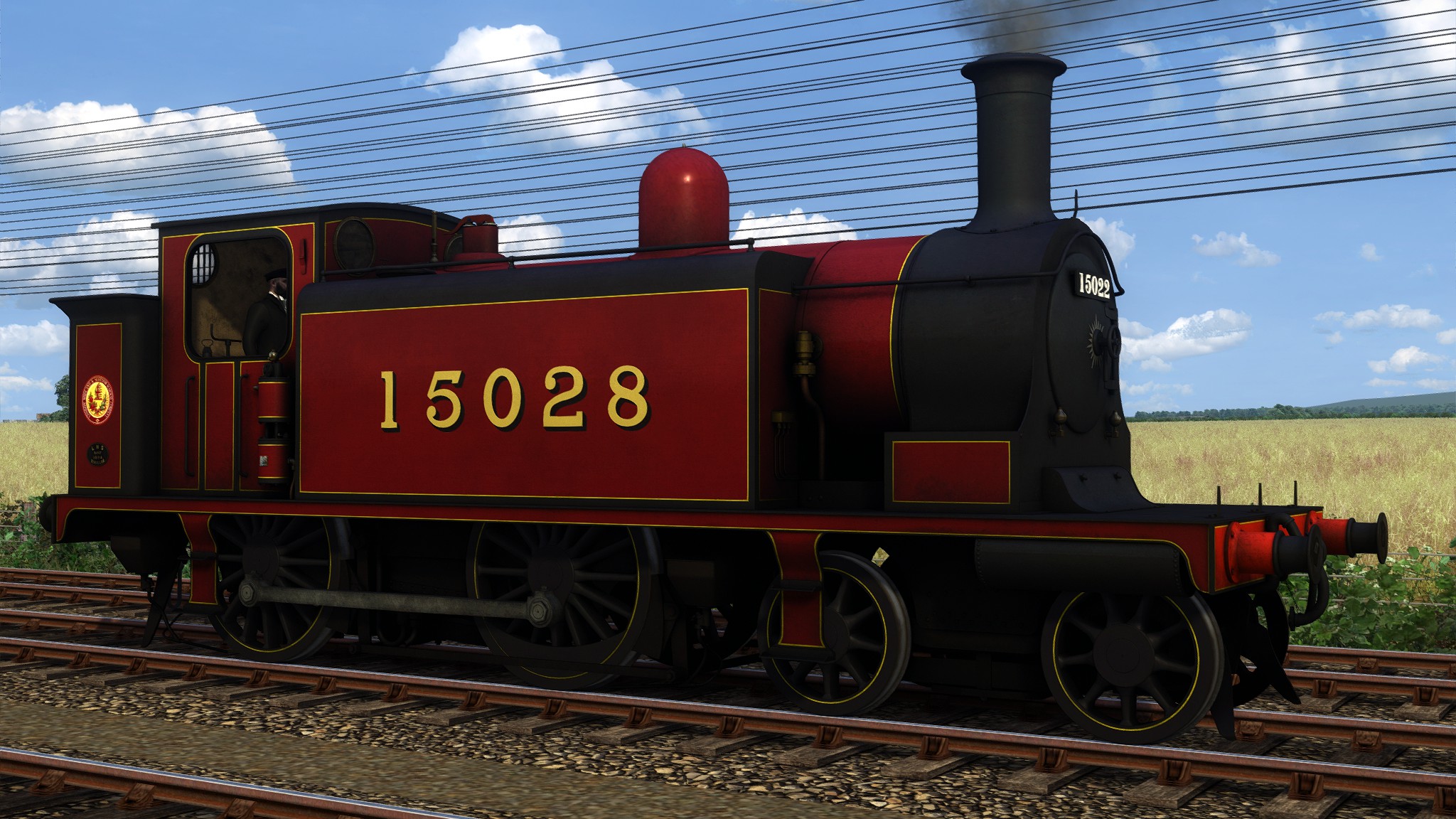

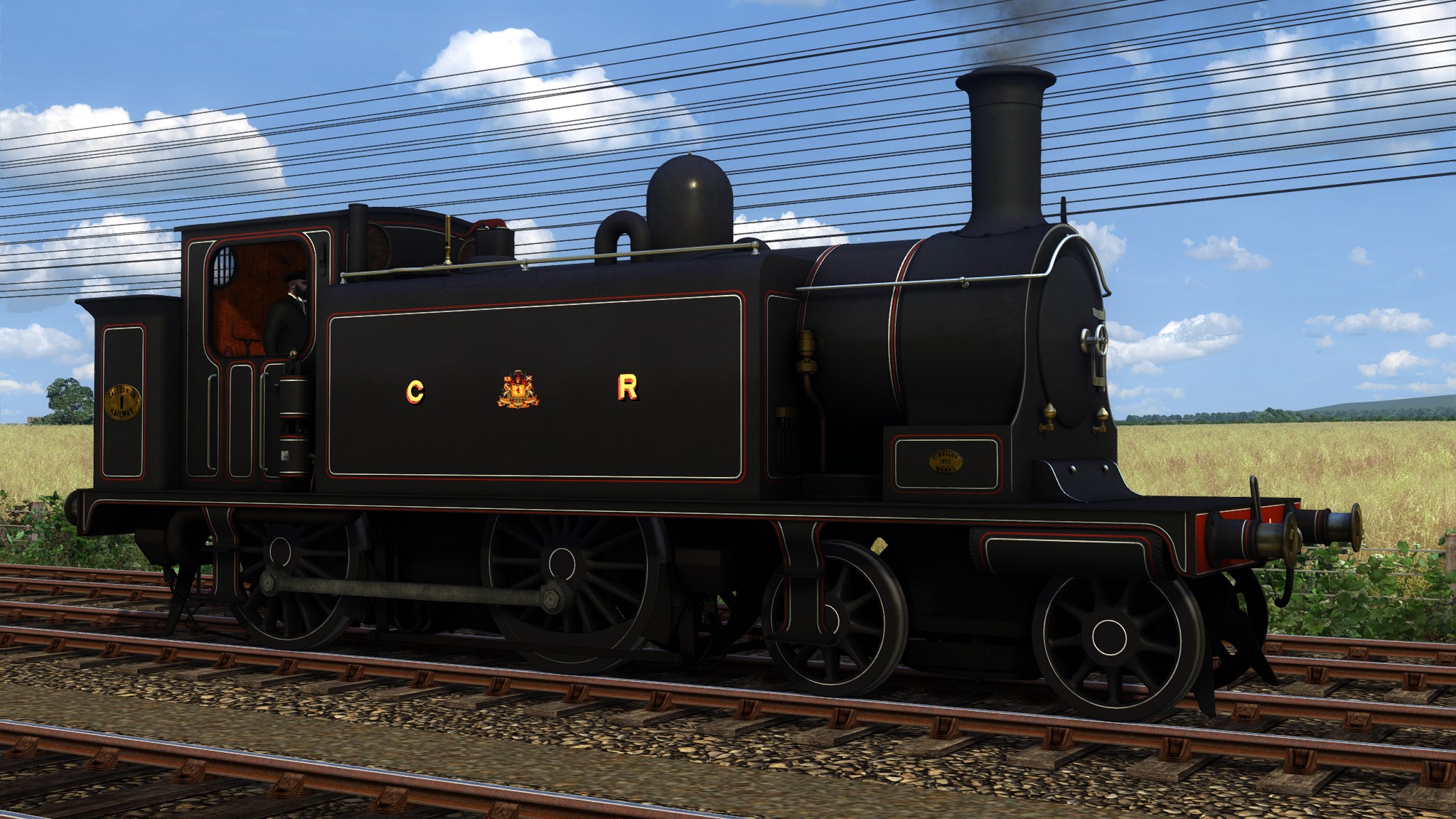
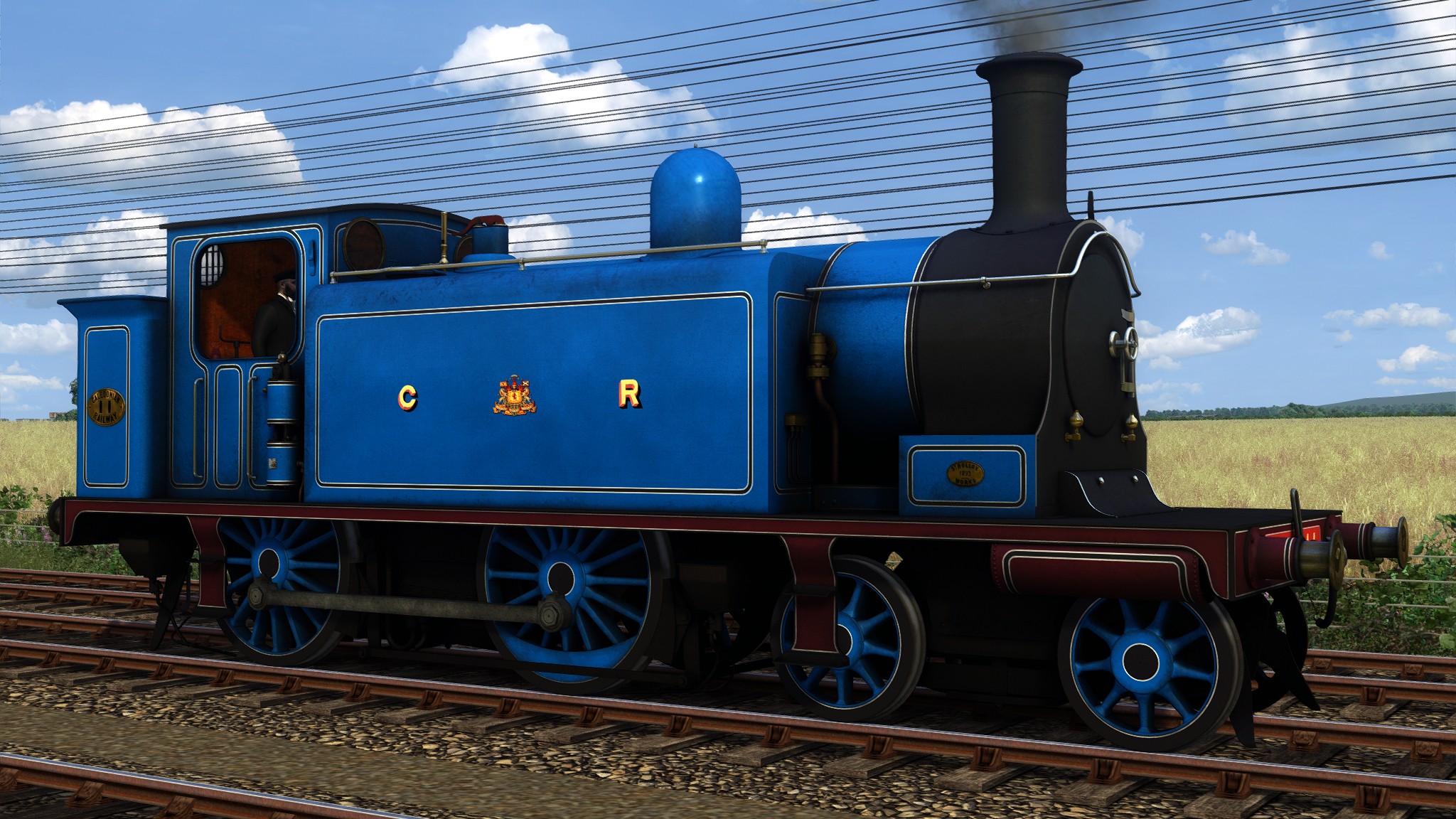
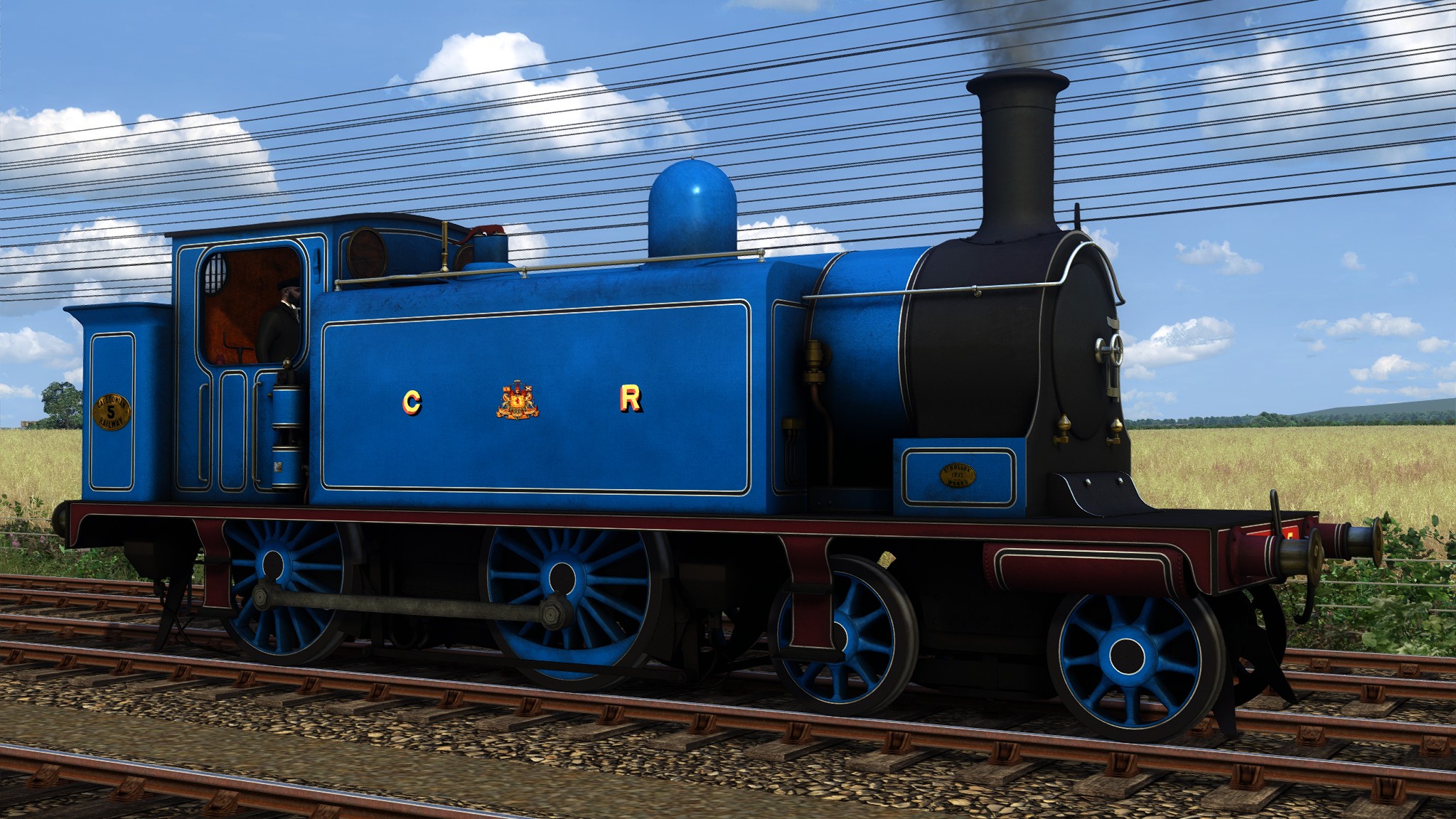

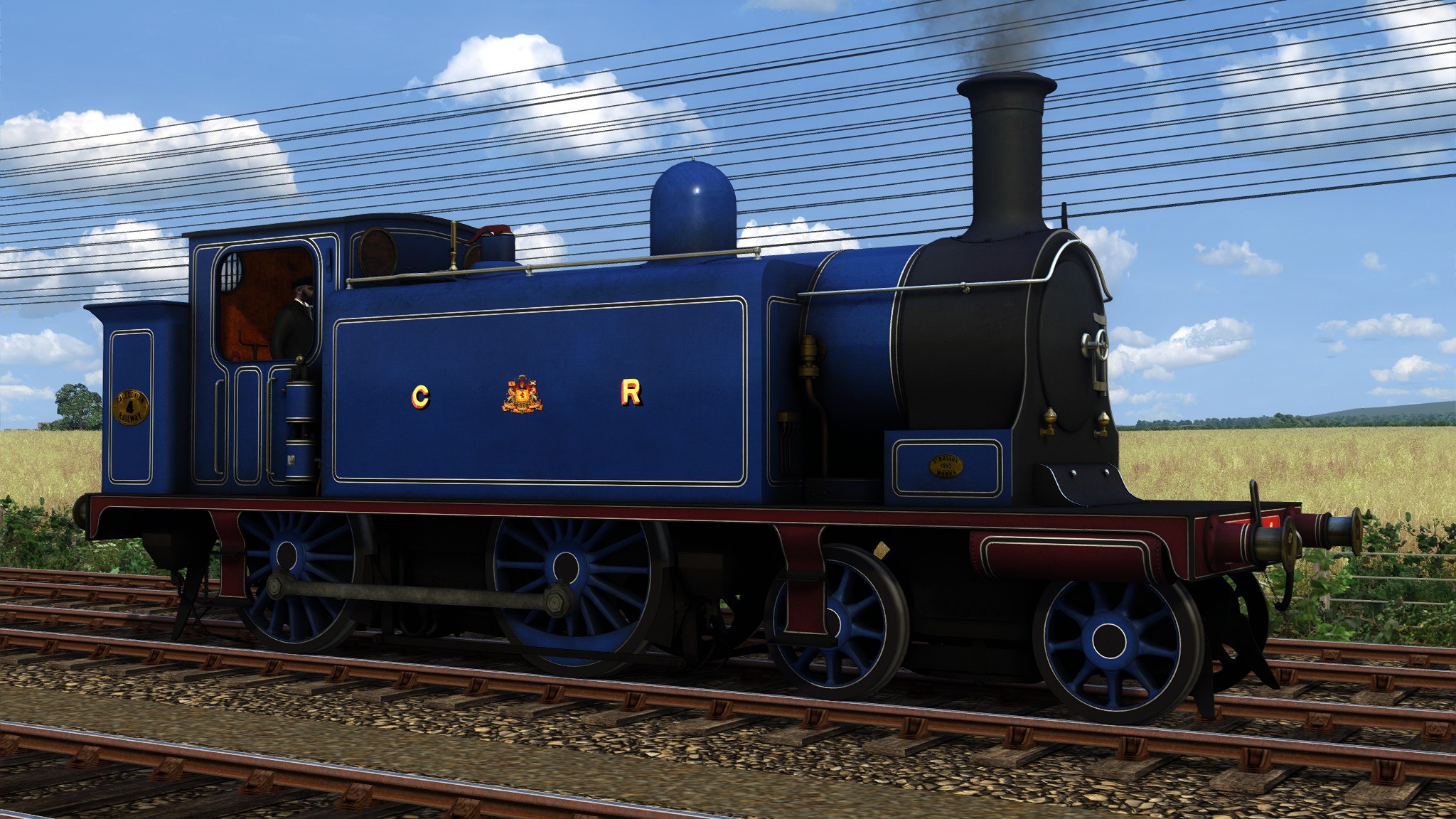


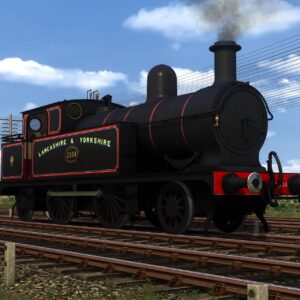
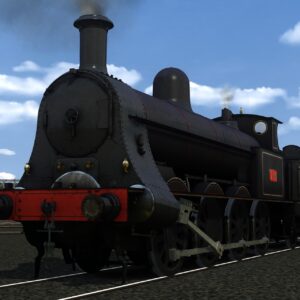
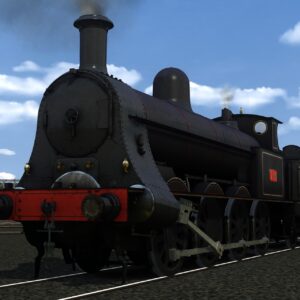
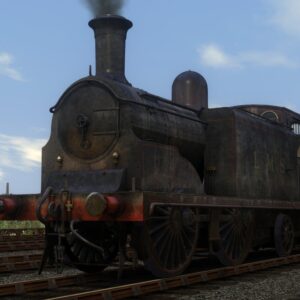
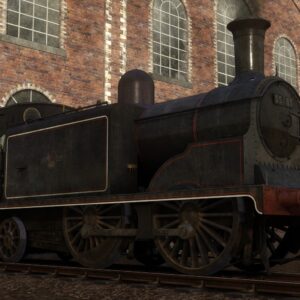
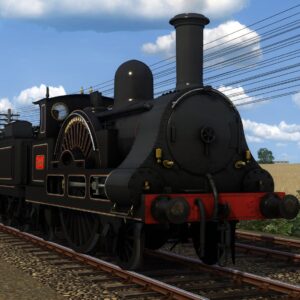
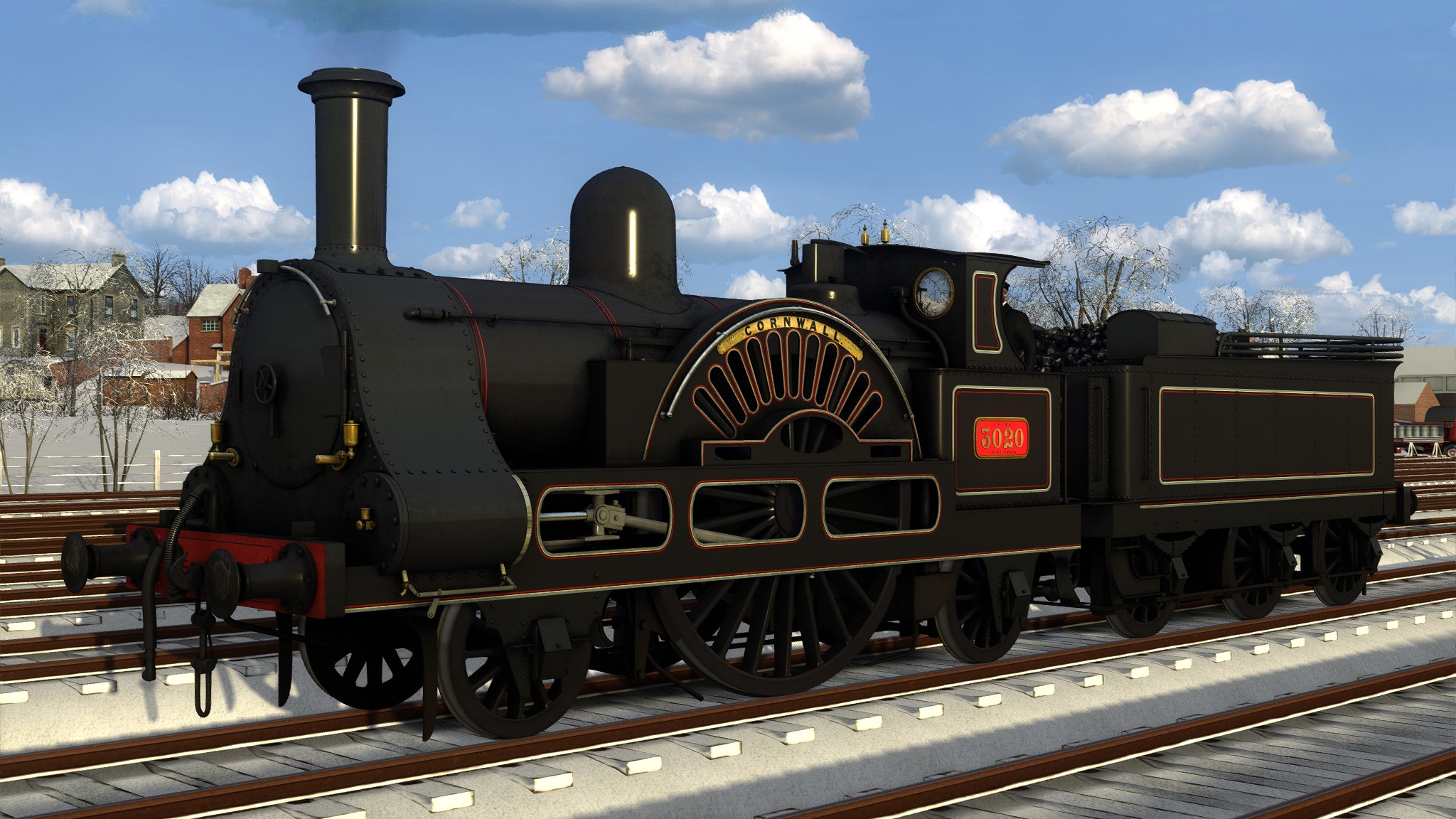
Reviews
There are no reviews yet.